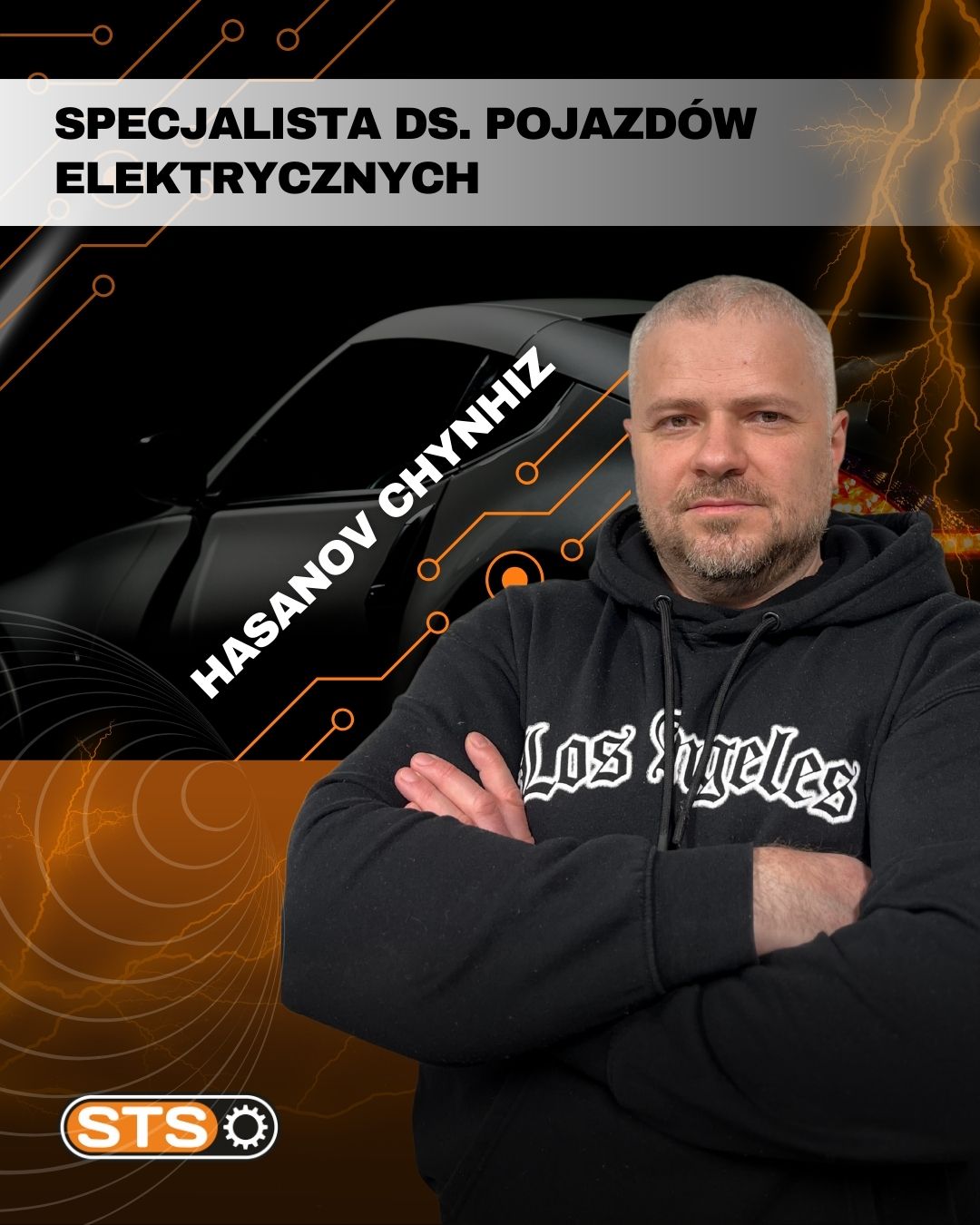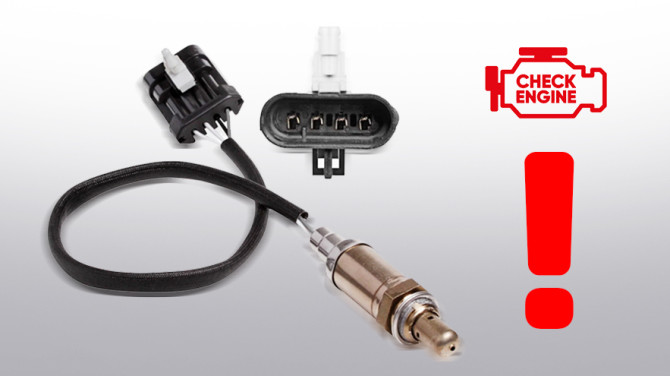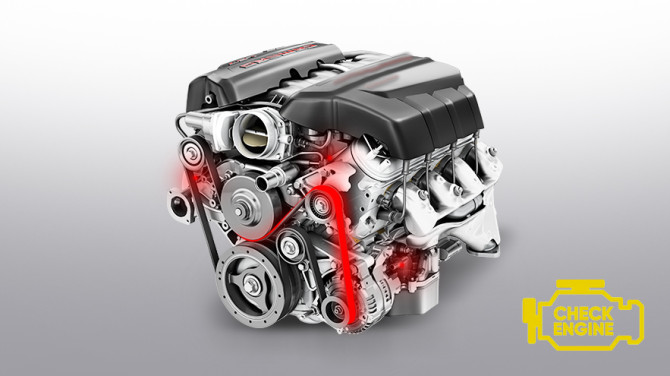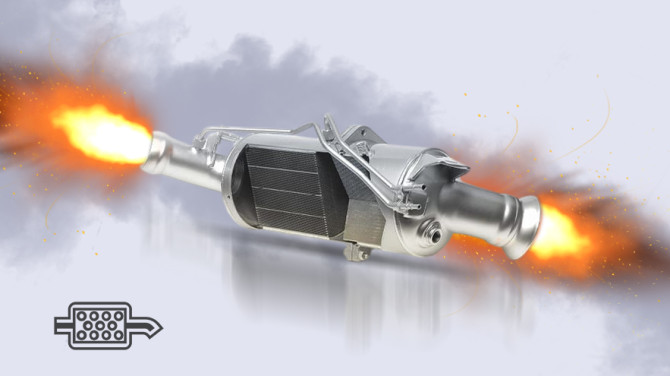Why are manufacturers abandoning hydraulic power steering in favor of electric power steering?
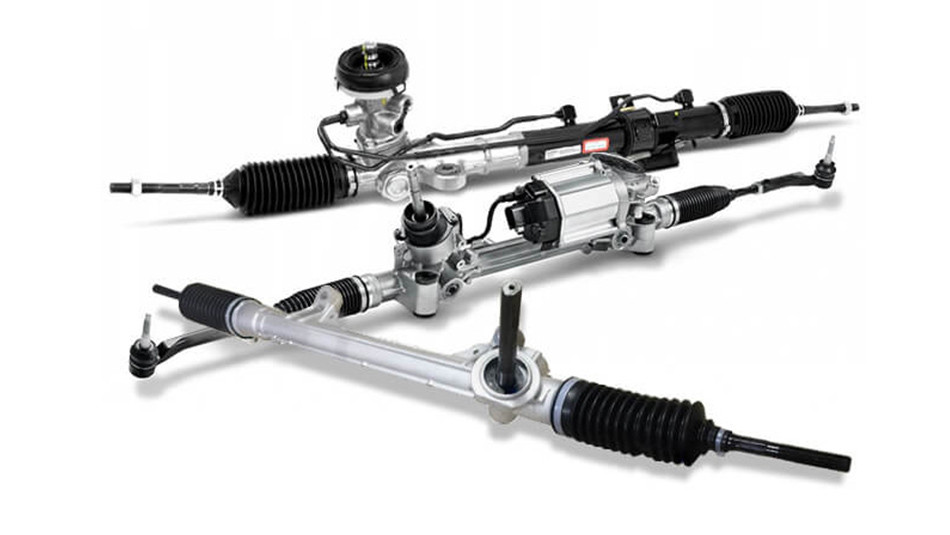
Since General Motors first introduced hydraulic power steering in the Cadillac V12 in 1933, its basic design has remained largely unchanged until today. It still employs the same hydraulic pump connected to the gearbox, maintaining pressure.
Polish passenger cars only began to be equipped with power steering systems in the 1990s. However, at the turn of the century, a change occurred in the electronics industry: a new device called Electric Power Steering (EPS) emerged in the automotive sector. This system, devoid of feedback with the road surface, operates solely through software according to its wiring.
Features of Electric Power Steering
The principle of electric power steering is entirely different. It relies on an electric motor mounted on the steering shaft or gearbox, assisting in turning the front wheels through the action of an electromagnetic field. The system is controlled by a built-in computer, determining the direction and strength of the steering through two electronic sensors responsible for torque and steering angle. The electric assistance follows the direction in which the steering wheel is turned. Although electric power steering is more expensive, it is significantly smaller and lighter.
Why do manufacturers abandon hydraulics in favor of electric systems?
Electric Power Steering in Conjunction with Other Electronic Car Components:
In reality, electric power steering actively collaborates with other systems in a passenger car (such as stability control, passive safety, etc.). For instance, thanks to electric power assistance, a car can park itself. While driving, the assistance system controls and corrects the vehicle's movement when it is pulling to one side or deviating from the road. Next-generation electronic control systems adjust the vehicle's direction during turns. With the advent of new software, electric power steering will undoubtedly open up new possibilities. This is not achievable with hydraulic assistance.
Reliability Comparison - Hydraulic vs. Electric
Electric power steering is highly dependent on the whims of electronics. This is a fact. The probability of assistance failure increases over time. However, this applies to all types of power steering systems. In reality, as my grandfather used to say, "The most reliable is a horse. Where I pull, it will turn."
Joking aside, hydraulic power steering is less reliable and has its drawbacks. If you hold the steering wheel in one of the extreme positions for a long time, it may quickly fail due to increased pressure in the hydraulic system. Worn seals and leaking hoses necessitate constant servicing. Hydraulic power steering does not tolerate freezing temperatures well, as the oil loses its quality and thickens, leading to deterioration of key hydraulic system components.
Undoubtedly, hydraulic power steering is much easier to repair than its modern electric counterpart. It can be fixed in a workshop or even a garage, as this repair does not require extensive experience, special tools, or software. Therefore, vehicles with hydraulic systems are better suited for driving in remote areas and roads far from major cities.
Common Failures:
Main failures of power steering systems and their causes:
- Steering wheel kickback during turning (low voltage or excessive wear of the steering system belt).
- Steering wheel tilts to the extreme positions with significant effort (low voltage or excessive wear of the steering system belt, insufficient or lack of fluid in the compensating tank, pump generates low pressure, the system is leaking, the filter is clogged).
- Steering wheel sets to the central position with considerable effort (damaged pump, steering gear).
- Lack of balance in the steering system (insufficient hydraulic fluid or clogged system, worn steering gear, incorrect drive geometry, wheel misalignment, punctured tires).
- Excessive noise in the steering system (insufficient or lack of fluid in the compensating tank, oil leakage at extreme left or right steering wheel positions).
Main failures of electric power steering and their causes:
- Speed sensor failure/no signal (faulty sensor, damaged wiring harness, unreliable connection between the sensor and the network).
- Voltage drop in the network (discharged battery, damaged alternator, or improperly matched device).
- Control module/faulty control unit failure (requires precise diagnosis at a specialized workshop).
Conclusion
Considering the pros and cons, it can be concluded that cars with hydraulic power steering are simpler to repair and cheaper to maintain. They are more suitable for areas where there are no good specialists in electronic devices. On the other hand, from the perspective of comfort and safety, it is better to buy a car with electric power steering - they are ideal for city driving.
